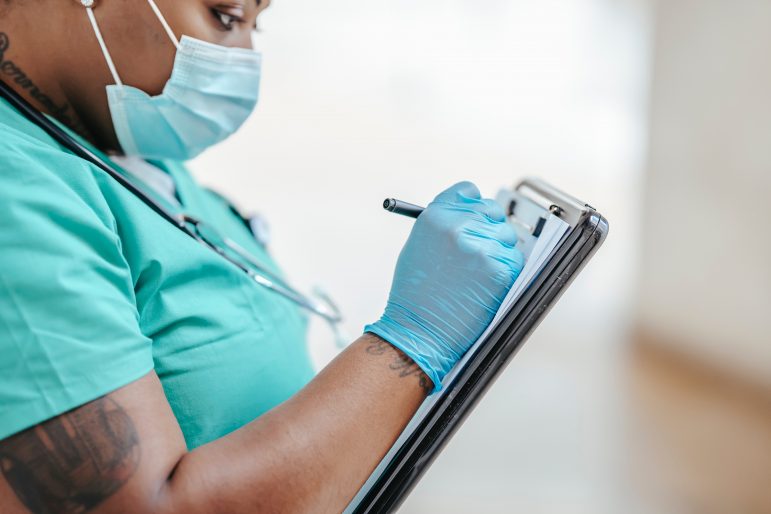While healthcare facilities have been focusing on preventing the spread of COVID-19, it’s likely that the rates of other healthcare-associated infections have risen.
That’s according to a study published in Infection Control & Hospital Epidemiology based on the work of researchers from the U.S. Centers for Disease Control and Prevention (CDC) looking at the rates of infections including central-line-associated bloodstream infections (CLABSIs), catheter-associated urinary tract infections (CAUTIs), ventilator-associated events (VAEs), select surgical site infections, Clostridioides difficile (C. diff), and methicillin-resistant Staphylococcus aureus (MRSA).
The researchers found significant increases in the U.S. national standardized infection ratios (SIRs) for MRSA, CLABSI, CAUTI, and VAE in 2020 compared with 2019.
The report on the study cited several factors as likely contributors, including a “laser focus” on COVID-19. It noted that while infection control staff were working constantly to ensure their healthcare colleagues, patients, and visitors were protected from SARS-CoV-2, these infection control practices “did not always lend themselves to better infection prevention”. Examples include the reuse of PPE and the use of double gowning or loving.
Because of limited capacity and staffing shortages, some hospitals suspended their infection prevention activities altogether or redirected them entirely toward the prevention of SARS-CoV-2 transmission. This ultimately resulted in spikes in multidrug-resistant organism activity as much of the effort typically given to traditional hospital infection prevention and control activities received less intense scrutiny than before the pandemic.
The report added as a qualifying factor that healthcare has been impacted hard by the pandemic, as hospitals across North America and the world have dramatically altered their business and operational practices and stretched to breaking point.
“As a discipline, we need to develop strategies that can be effective in maintaining the highest possible quality of infection prevention and control activities while still supporting a pandemic response,” included the report. “Basic infection control practices must be hard-wired into practice so that they are less vulnerable when the healthcare system is stressed. Healthcare epidemiology teams need to be actively involved in pandemic preparedness planning. One approach might be to designate clinical staff to be added to the hospital epidemiology team to allow for rapid expansion of effort to support a pandemic response.”







